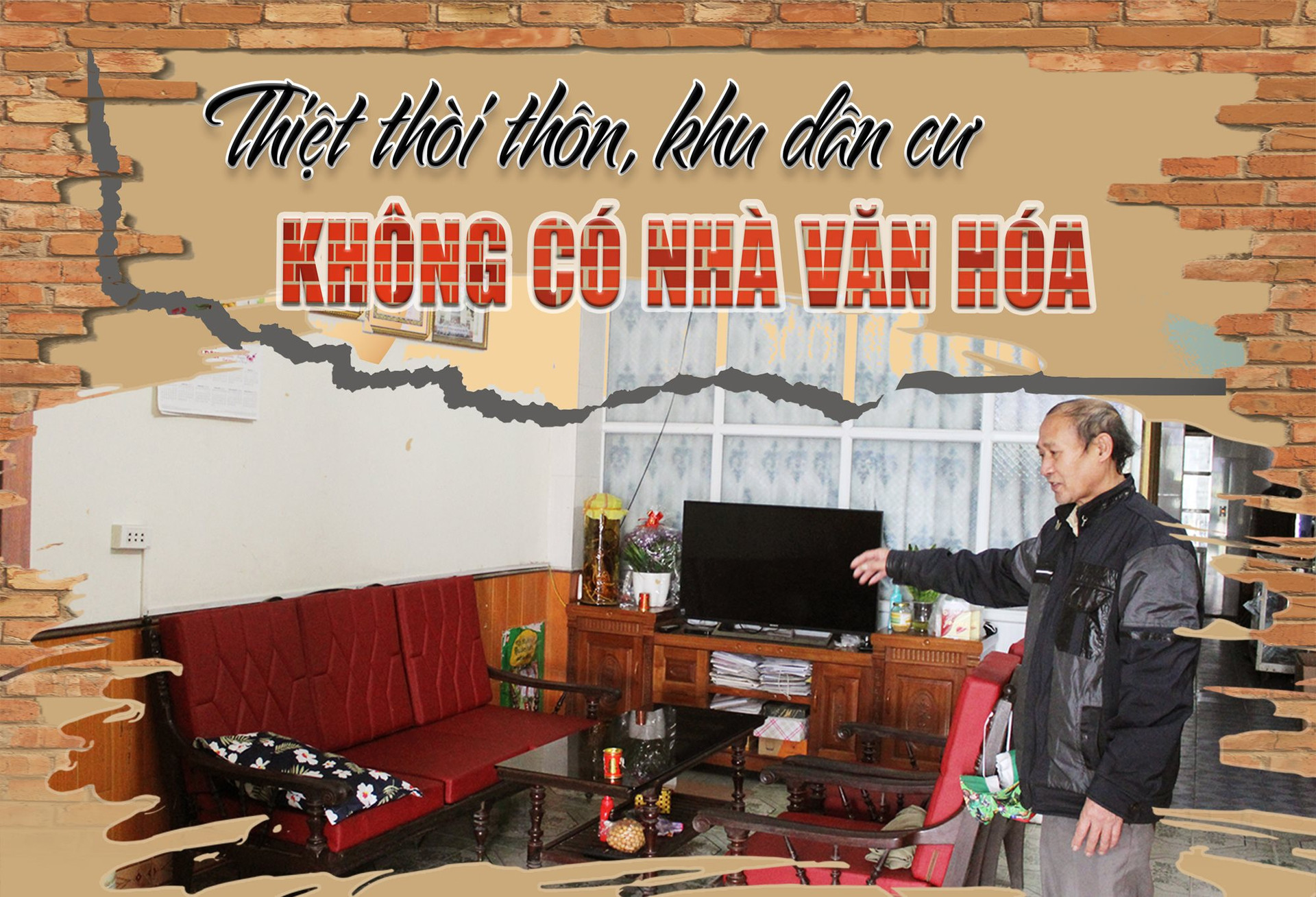
g
Answering questions at the 12th session of the 17th Provincial People's Council held in December 2022, Mr. Nguyen Thanh Trung, Director of the Department of Culture, Sports and Tourism, said that at that time, the whole province had 38 villages and residential areas without cultural houses. Hai Duong city and Cam Giang, Binh Giang, Thanh Mien districts... were the localities with the most villages and residential areas without cultural houses.
Up to now, after the separation and merger of a number of villages and residential areas, the whole province currently has 39 villages and residential areas without cultural houses.
Arriving at residential area No. 8, Viet Hoa ward (Hai Duong city), Mr. Dinh Van Cong, Party cell secretary and head of the area, indignantly introduced the "area 8 meeting hall". Mr. Cong pointed to a small living room of about 20 square meters with a set of tables and chairs, a television, and old shelves behind the banh gai stall.

d
Indeed, the living room in Mr. Cong's private house is considered the cultural house of Zone 8, where the Party Congress and most of the community activities of this residential area took place. During the war, Party meetings could be held in people's houses due to lack of conditions. Nowadays, activities and organization of Party Congresses in people's houses still take place in Hai Duong City. Located on Nguyen Luong Bang Street, opposite Nam Cuong Hotel, right at the gateway to the city, the people of Zone 8 are at a disadvantage because they do not even have a cultural house to serve community activities.
The "Hall of Zone 8" is small and has limited capacity. Many times when there is a public event, Mr. Cong does not invite all the people to attend, but only invites representatives. Mr. Cong uses the plastic chairs that are usually used to sell iced tea for delegates to sit on, and borrows a green screen to cover the family's dining and sleeping area.
"In front is Nguyen Luong Bang Street, behind is National Highway 5, there is a lot of traffic, it is very noisy and dangerous, so living at my house is inconvenient. During the year, important occasions such as Mid-Autumn Festival, giving scholarships, celebrating the longevity of the elderly cannot be organized, but gifts can only be given directly to the recipients," said Mr. Cong.
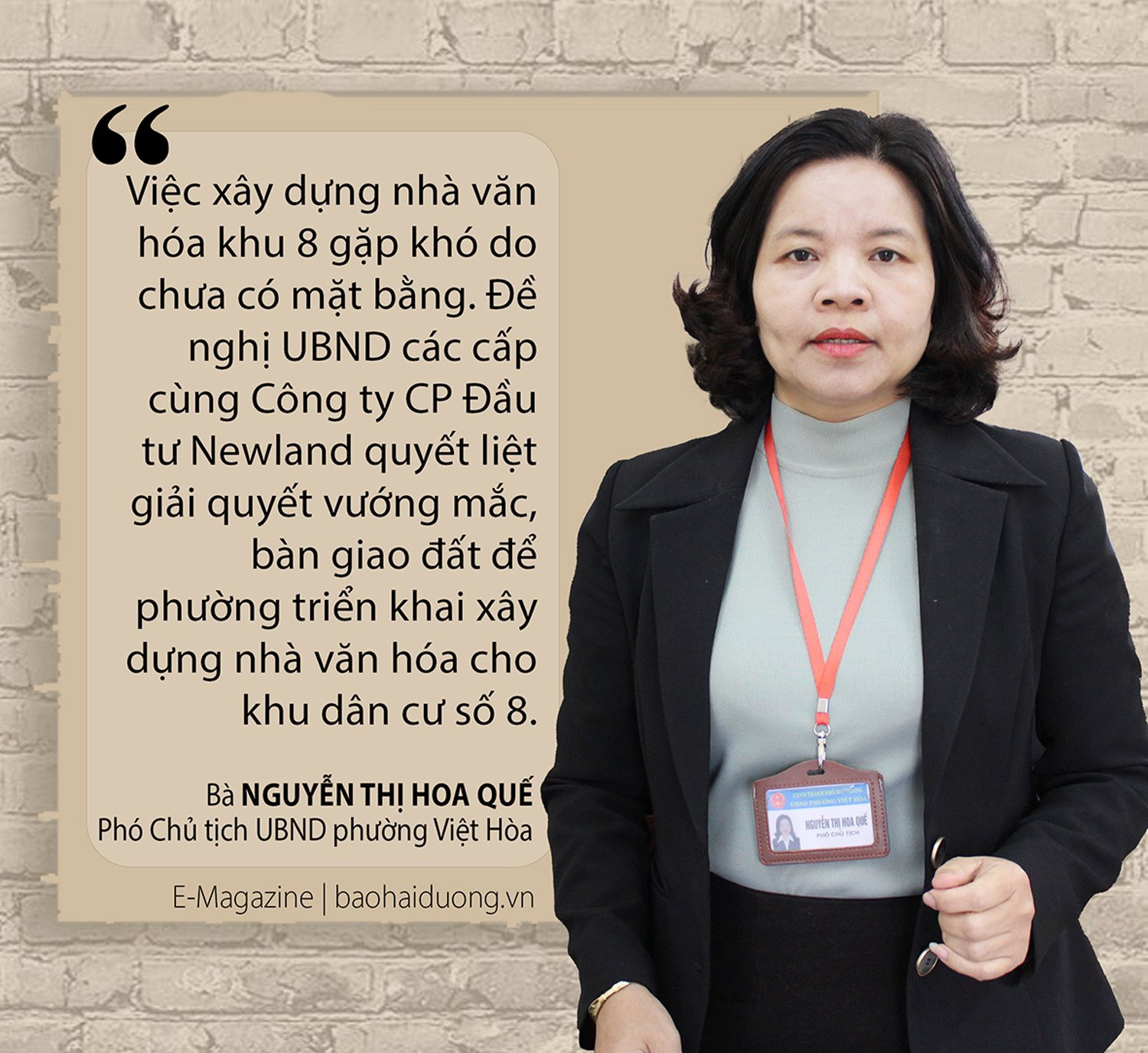
Regarding the cause, the leader of Viet Hoa ward said that the ward has identified 2 locations where the cultural house in area 8 can be built, but it is facing difficulties because it is in the planning and has not been resolved by the superiors. "Residential area No. 8 has 42 households along Nguyen Luong Bang street and about 130 households in the residential, commercial and service area north of Nguyen Luong Bang street. Currently, a location planned to build a cultural house on Nguyen Luong Bang street has not been permitted because it is in the "suspended planning". In the urban area, there is also a planning of 328.2 m2 of land to build a cultural house but it has not been handed over to the ward. We request the People's Committee of Hai Duong city and Newland Investment Joint Stock Company to resolutely resolve the problems and hand over the site so that the ward can start building a cultural house for residential area No. 8", said Ms. Nguyen Thi Hoa Que, Vice Chairman of the People's Committee of Viet Hoa ward. On March 5, residential area No. 5 of this ward received a certificate of recognition for the cultural title. Thus, Viet Hoa ward has only residential area number 8 that has not achieved the cultural title.
This is also the common situation of many villages and residential areas in Hai Duong City. As the locality with the most villages and residential areas without cultural houses in the province, Hai Duong City currently has 12 out of 221 villages and residential areas without cultural houses. After the separation, many residential areas in Hai Duong City still share a cultural house. After a period of time, conflicts arose between the areas due to having to take turns and schedule their use. When there is urgent work or activities that must be done on the same day such as the election of village or residential area chiefs, it is even more difficult to arrange.
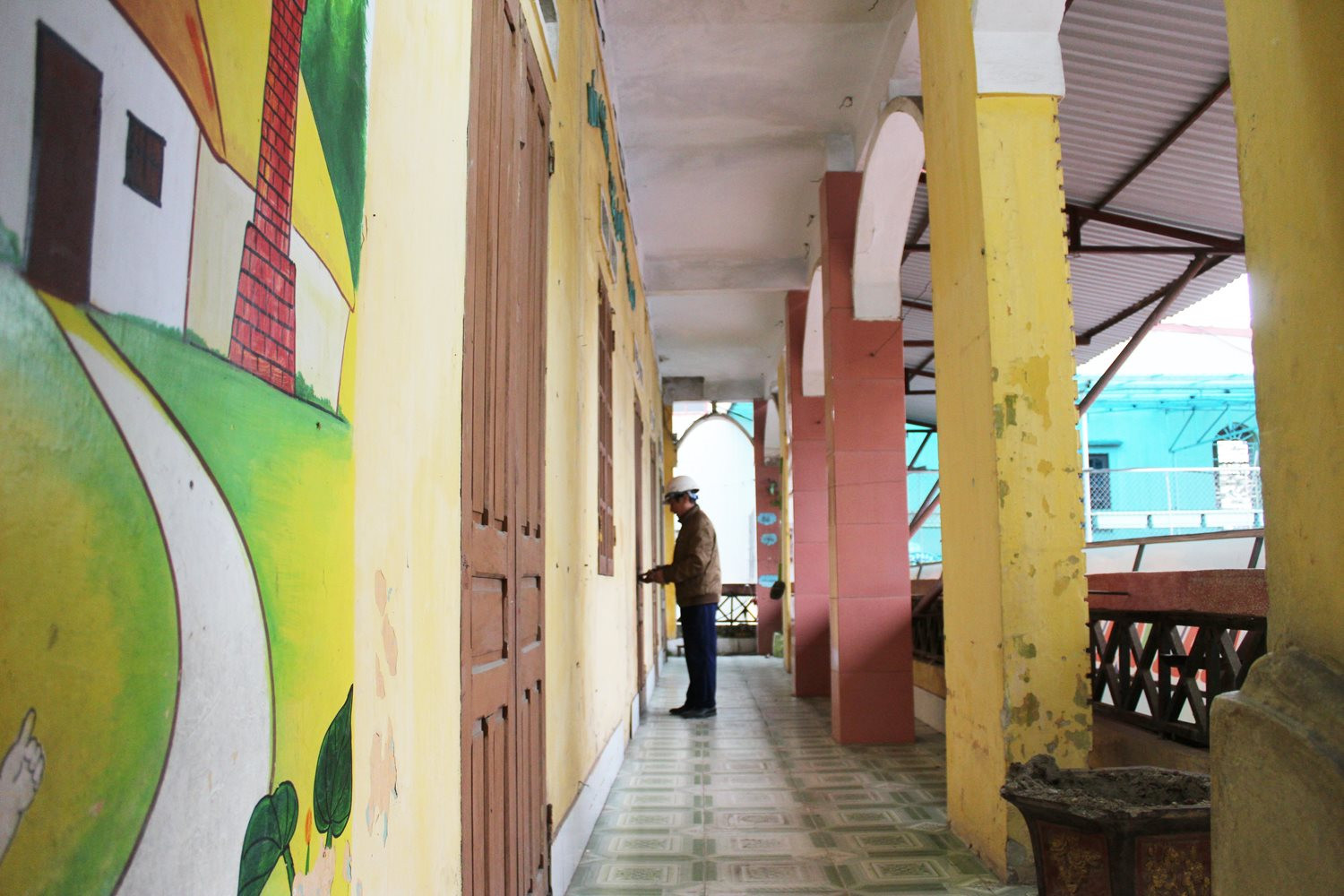
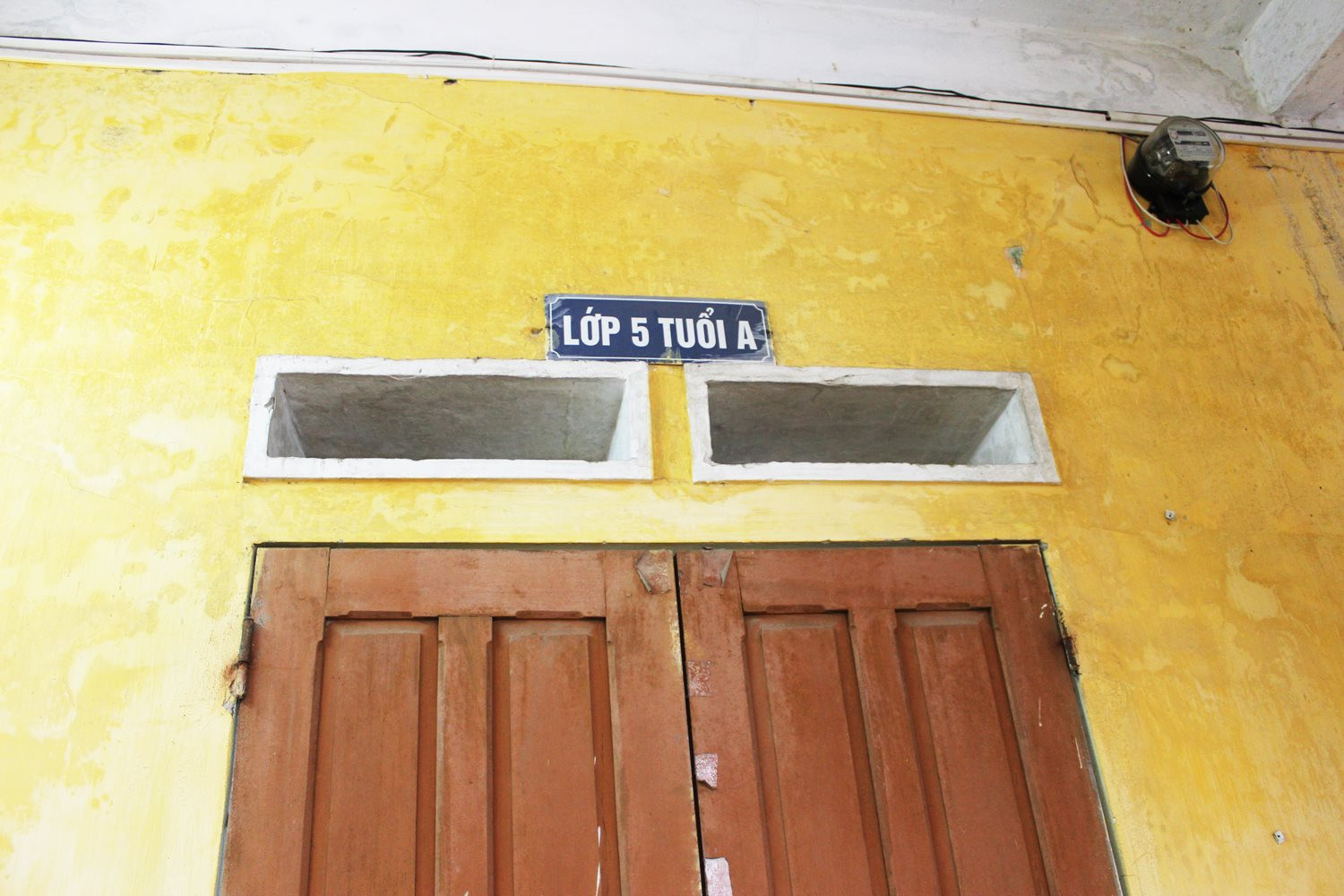
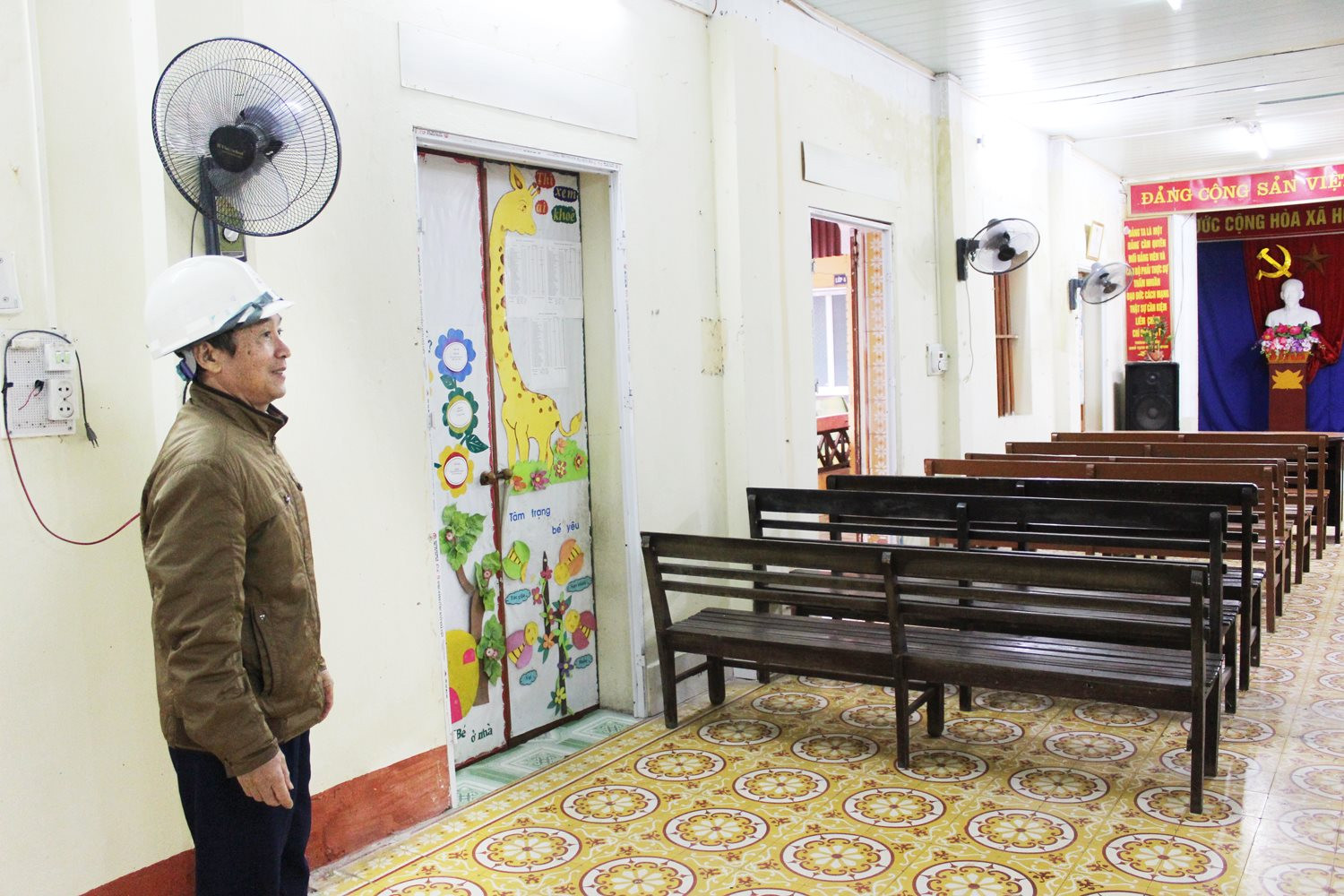
In Luong Dien commune (Cam Giang), 4 out of 10 villages in this commune do not have a cultural house and have to hold community activities at the village communal house. It is worth mentioning that these 4 villages have all been recognized as "Cultural Villages" but the people still lack a proper cultural house for community activities.
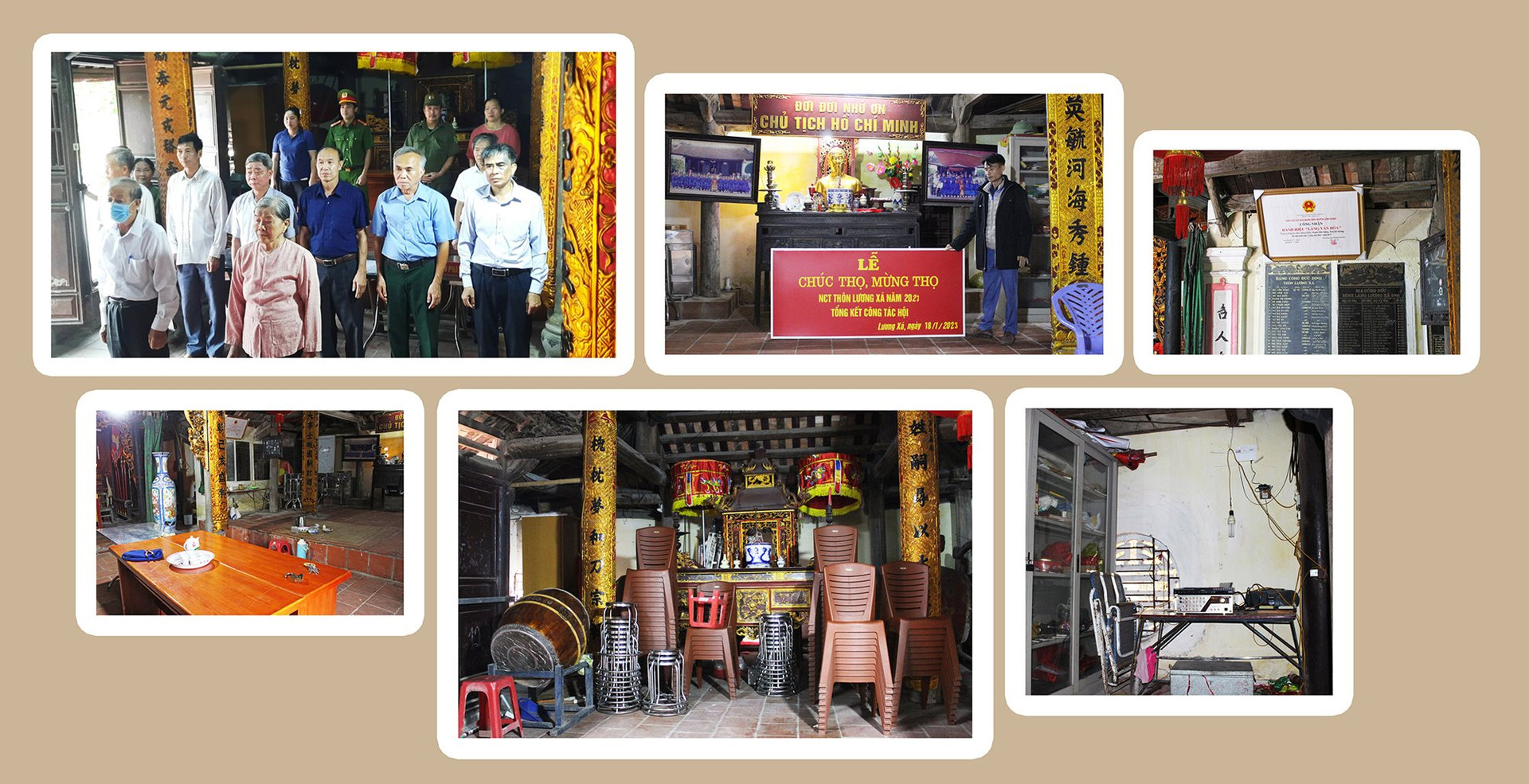
Inside the communal house, the space is damp, small, and dark, so it cannot host large events. When there is an event, the altars are temporarily covered with cloth. The sound and lighting systems are also simple. The rules of reception and ceremony are also not guaranteed due to lack of resources. Many people are also worried and dissatisfied with living in a sacred place of worship.
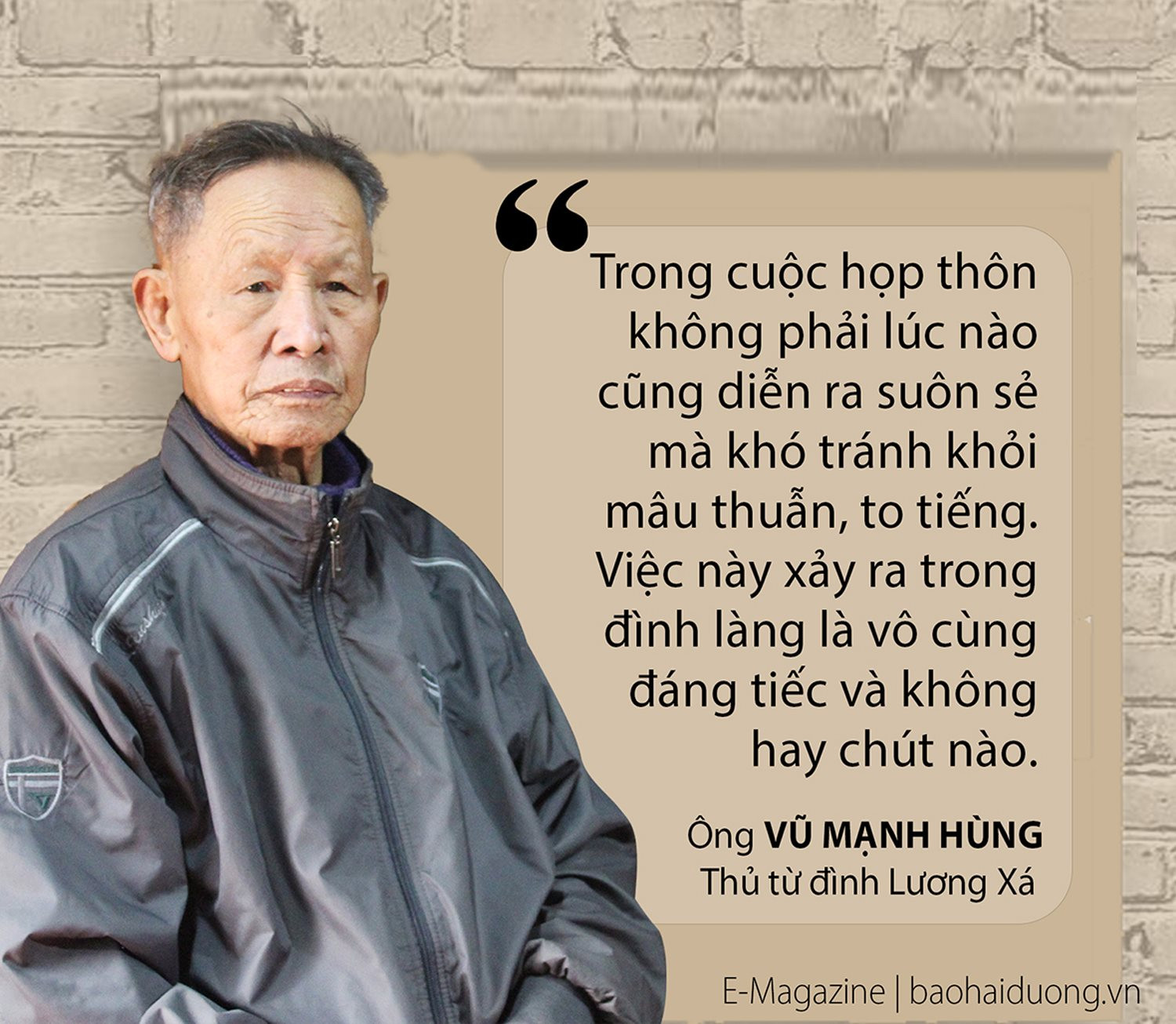
Mr. Vu Manh Hung, the village keeper, said: "Village meetings do not always go smoothly and conflicts and loud voices are inevitable. This incident happening in the village temple is extremely regrettable and not good at all."
There is no cultural house, the living quarters are makeshift, so this village also has no law bookcase, stage, warehouse, toilet area...
According to Decree No. 122/2018/ND-CP, the Chairman of the District People's Committee decides to award the title of cultural village and residential area annually. To achieve the title of cultural village and residential area, it is necessary to meet many economic and social requirements, have a healthy and rich cultural and spiritual life, including a cultural house and sports field. Thus, according to current regulations, when evaluating annually, Luong Xa and Binh Long villages may not achieve the cultural title. For many years, the people of these villages have never had a true cultural house to enjoy and use the basic institutions to serve their cultural and spiritual life.
"Currently, in Cam Giang district, 100/107 villages have cultural houses. 7 villages lack cultural houses, these villages mainly focus on community cultural activities at the village communal house. The district People's Committee has directed the communes to plan locations to build cultural houses for these villages. Currently, there are locations, but the biggest difficulty is that there is no funding for construction. In the coming time, we propose that the province provide funding to support villages that still lack cultural houses," said Mr. Nguyen Van Cong, Vice Chairman of Cam Giang District People's Committee.
Explaining the reason for not having a cultural house, many localities give the reason as planning problems or lack of budget.
In Hai Duong City, in 2022, the Standing Committee of the City People's Council supervised the current status of village cultural houses and residential areas. The monitoring results showed that 8 out of 209 residential areas did not have cultural houses while the whole city had 41 surplus cultural houses, 8 cultural houses were located in the premises of communal houses and communal planning areas, 18 cultural houses were not used for the right purpose, 31 cultural houses had small areas or were in urban planning and traffic locations...
The monitoring report clearly shows that the management and use of cultural houses in villages and residential areas still have some limitations such as not being timely and proactive in reviewing and proposing adjustments to land use planning for cultural activities, leading to many projects not being able to be implemented due to lack of planning and not being consistent with construction planning. There has been no arrangement or creation of capital sources to invest in cultural house projects. There have been no measures to manage land areas and cultural house projects, leading to the phenomenon of lending, encroachment and improper use of cultural houses and cultural house land. Many people in residential areas without cultural houses in Hai Duong city have expressed their willingness to contribute and mobilize socialization to build cultural houses in residential areas, but the key problem is that there is no land and no construction permit.
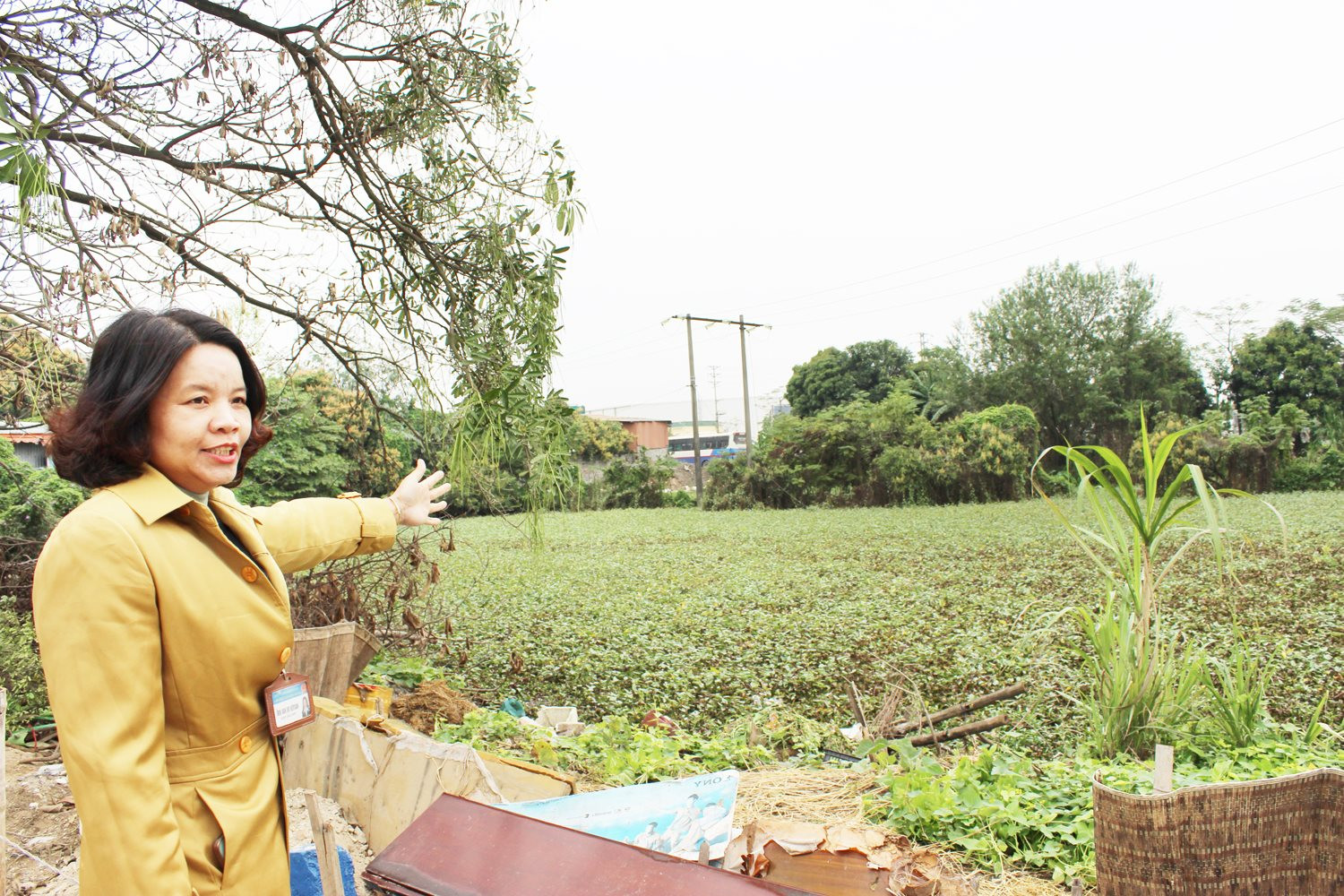
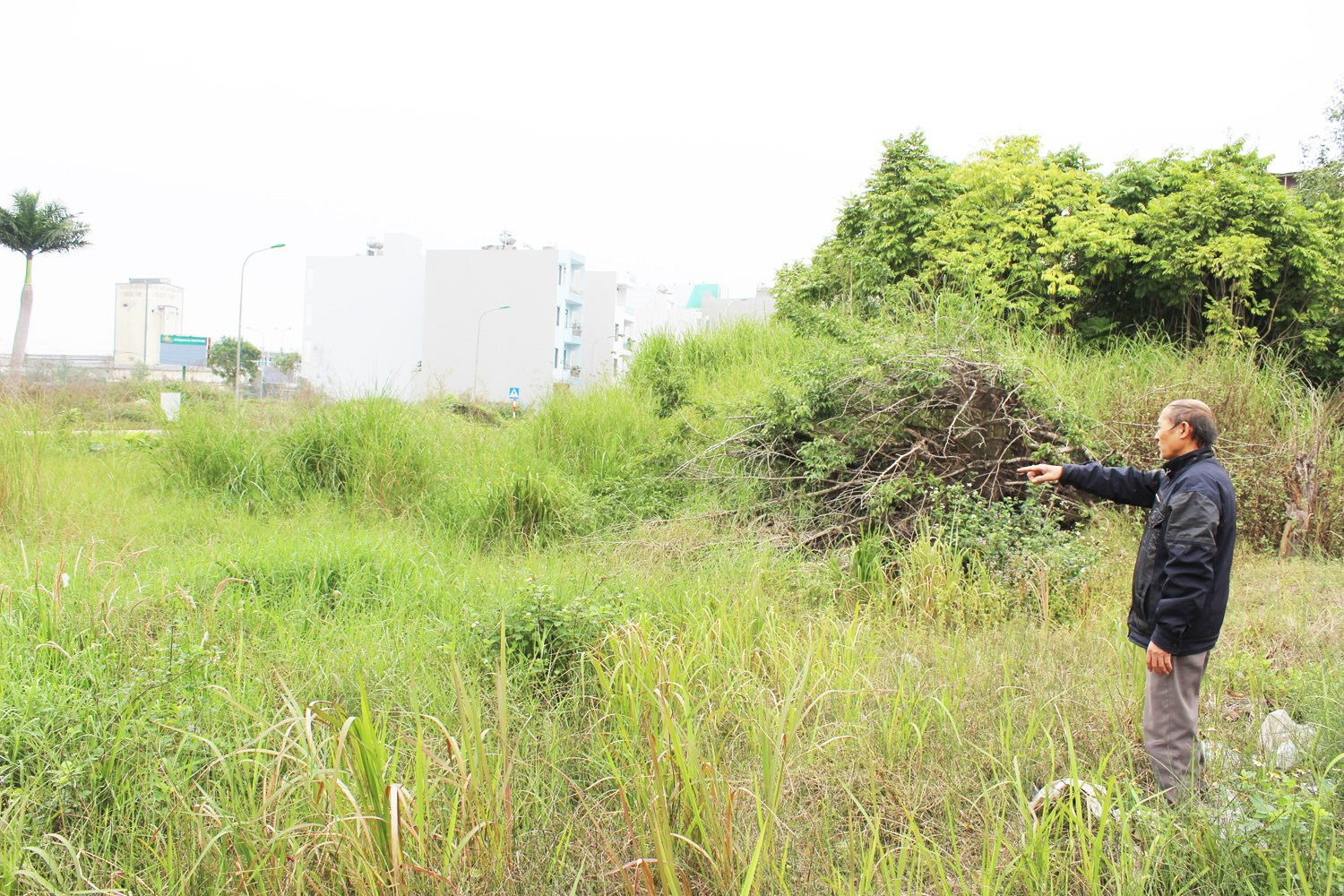
According to the Department of Culture, Sports and Tourism, many localities do not have land funds to build cultural houses, especially in Hai Duong city. Funding for building cultural houses is still limited, making it difficult to mobilize social resources due to the small population. Many villages and residential areas are facing difficulties while material prices and construction costs have increased in recent years. In addition, some villages and residential areas have been newly divided, so they do not have cultural houses. From 2020 to present, Resolution No. 92/2014/NQ-HDND and Decision No. 29/2014/QD-UBND of the province on supporting funding for building cultural houses in villages and residential areas have expired. In 2021, the Department of Culture, Sports and Tourism surveyed and proposed the Provincial People's Committee to increase the level of funding support for building cultural houses in villages, residential areas and sports fields to 300 million VND/cultural house, 300 million VND/sport field. The total amount of support for the construction of these 39 cultural houses is 11.7 billion VND. In the coming time, the Department of Culture, Sports and Tourism will continue to propose and implement when there is direction from the Provincial Party Committee, People's Council, and Provincial People's Committee on supporting funding for the construction of cultural houses and sports grounds for villages and residential areas that are still lacking.
Content: SNOW WIND
Graphics: TUAN ANH